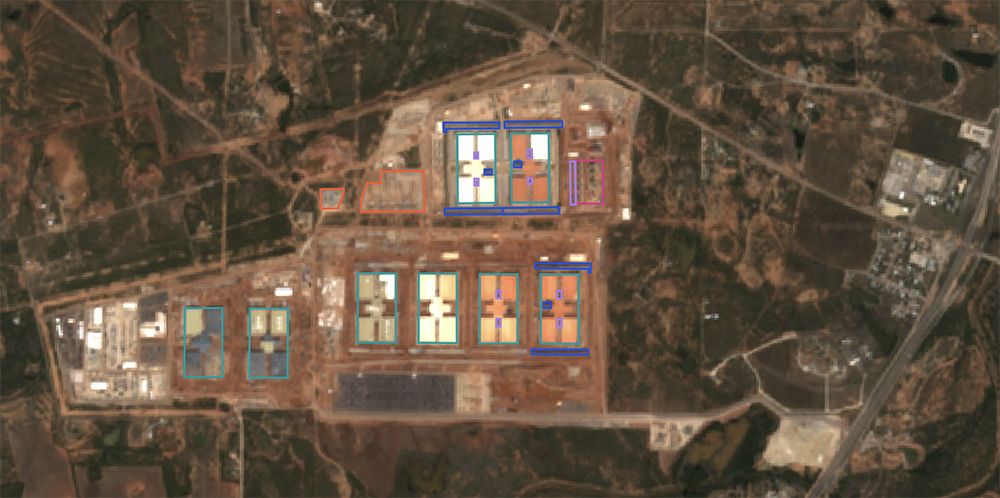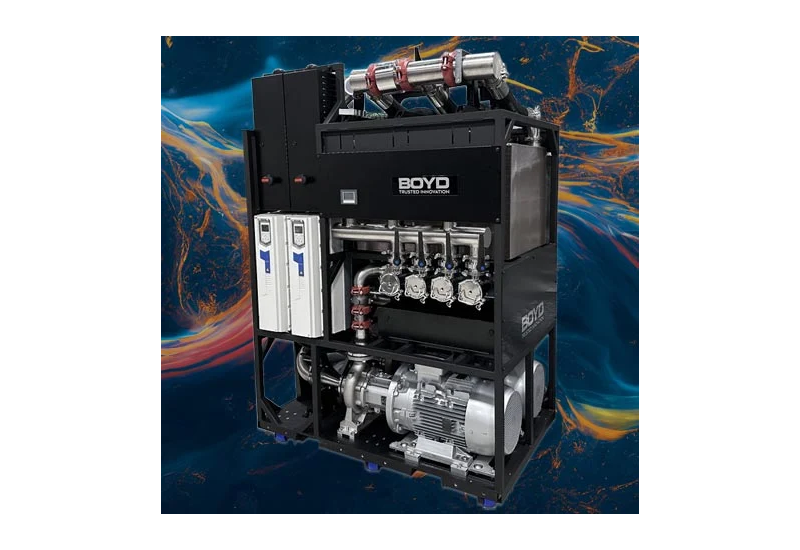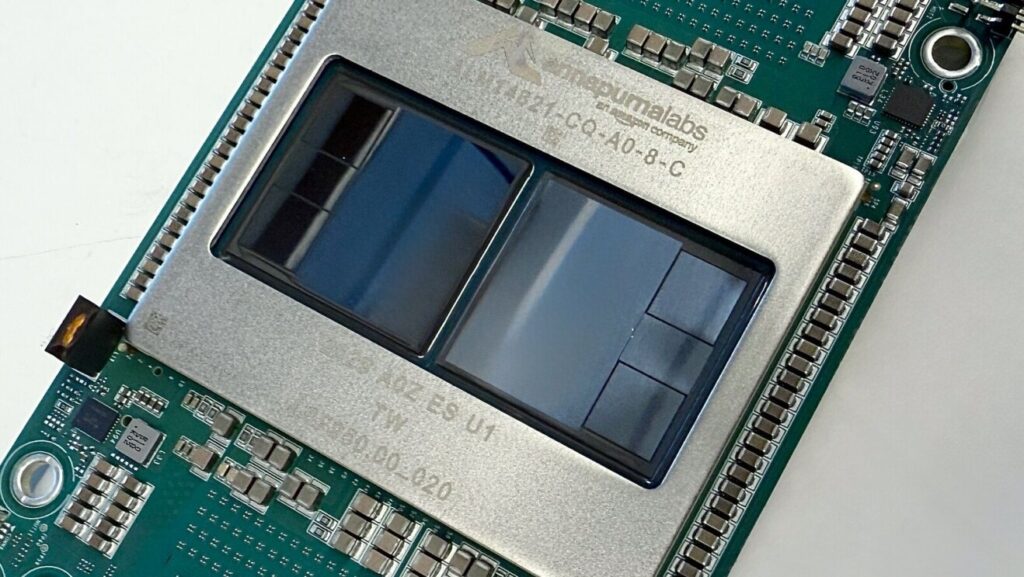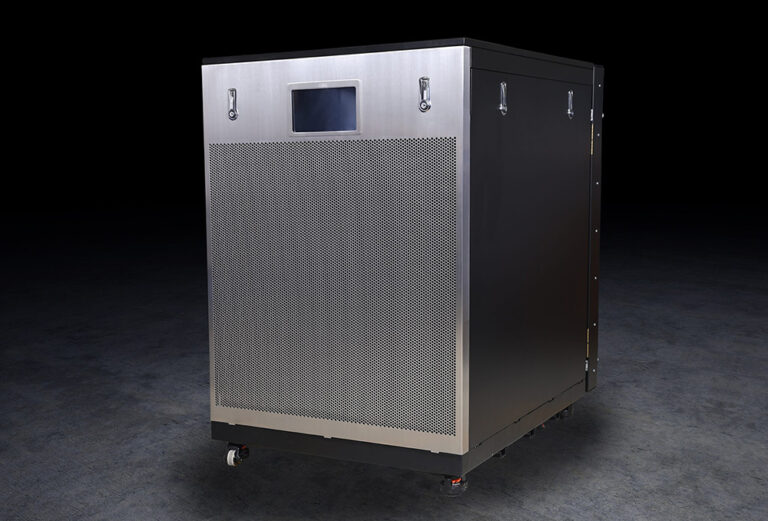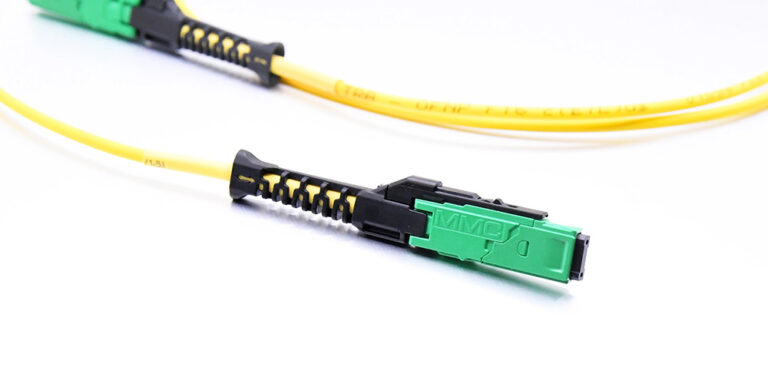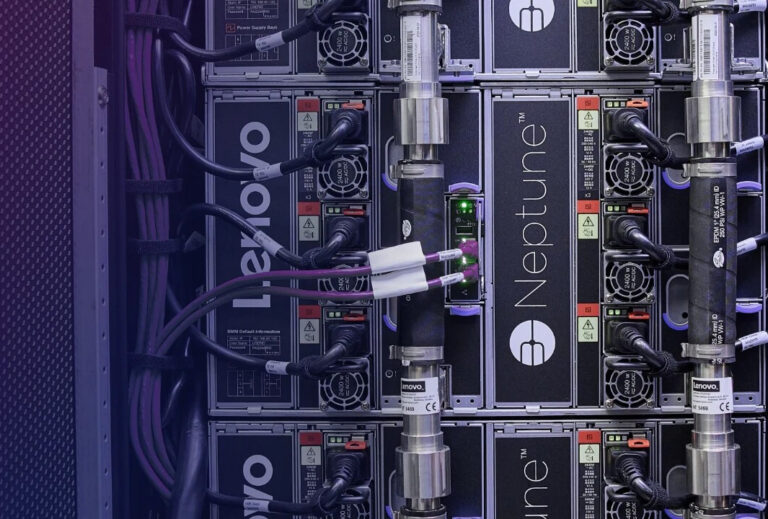proteanTecs has announced the availability of its VDD-core only Local Voltage and Thermal Sensor (LVTS) for the 2 nanometer (nm) process node. The company says this silicon-proven sensor resolves limitations seen in traditional thermal sensing for advanced electronics, providing accurate, low-power monitoring with real-time over-temperature alert capability.
According to proteanTecs, LVTS achieves ±1.0°C temperature accuracy and ±1.5 percent voltage accuracy while operating solely on low-voltage core transistors—a first for gate-all-around (GAA) architectures at 2 nm and below. The solution is designed for full-chip coverage, with real-time alerting, and is positioned as suitable for integration into high-performance data center systems, artificial intelligence (AI) accelerators, cloud computing hardware, and high-scale telecommunications infrastructure.
The company reports that diode-based and ring-oscillator thermal sensors become increasingly challenged at advanced nodes due to integration and accuracy constraints. proteanTecs describes the LVTS sensor as silicon-proven at 5 nm, 3 nm, and now 2 nm, and already in adoption by leading semiconductor vendors as part of its larger deep data analytics suite for real-time reliability and performance monitoring.
LVTS integrates with proteanTecs’ hardware intellectual property (IP) monitoring system to enable real-time data collection, supporting chipmaker initiatives around power management and reliability, availability, and serviceability (RAS). Additionally, proteanTecs has introduced two LVTS variants: one offering external voltage measurement to cover voltage ranges down to zero volts, and another designed as a hub with small remote thermal sensors for targeted hot spot temperature monitoring in complex designs.
“2nm is a tipping point for the industry, where legacy approaches to thermal sensing simply don’t cut it,” said Evelyn Landman, co-founder and CTO of proteanTecs. “LVTS provides an accurate, low-power, and easy-to-integrate solution that enables full-chip coverage and real-time alerts, giving chipmakers the confidence to scale to the most advanced nodes.”
Source: proteanTecs


